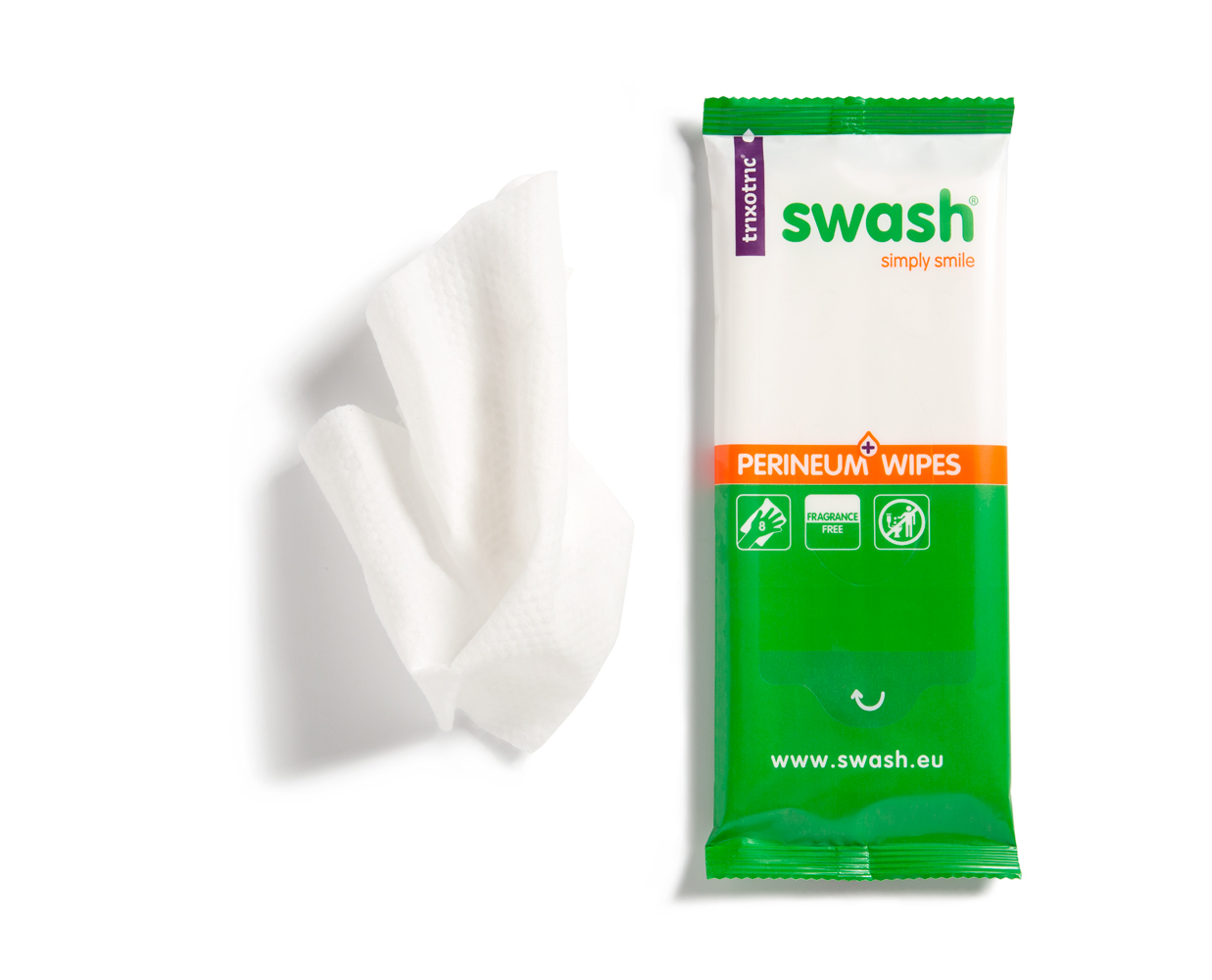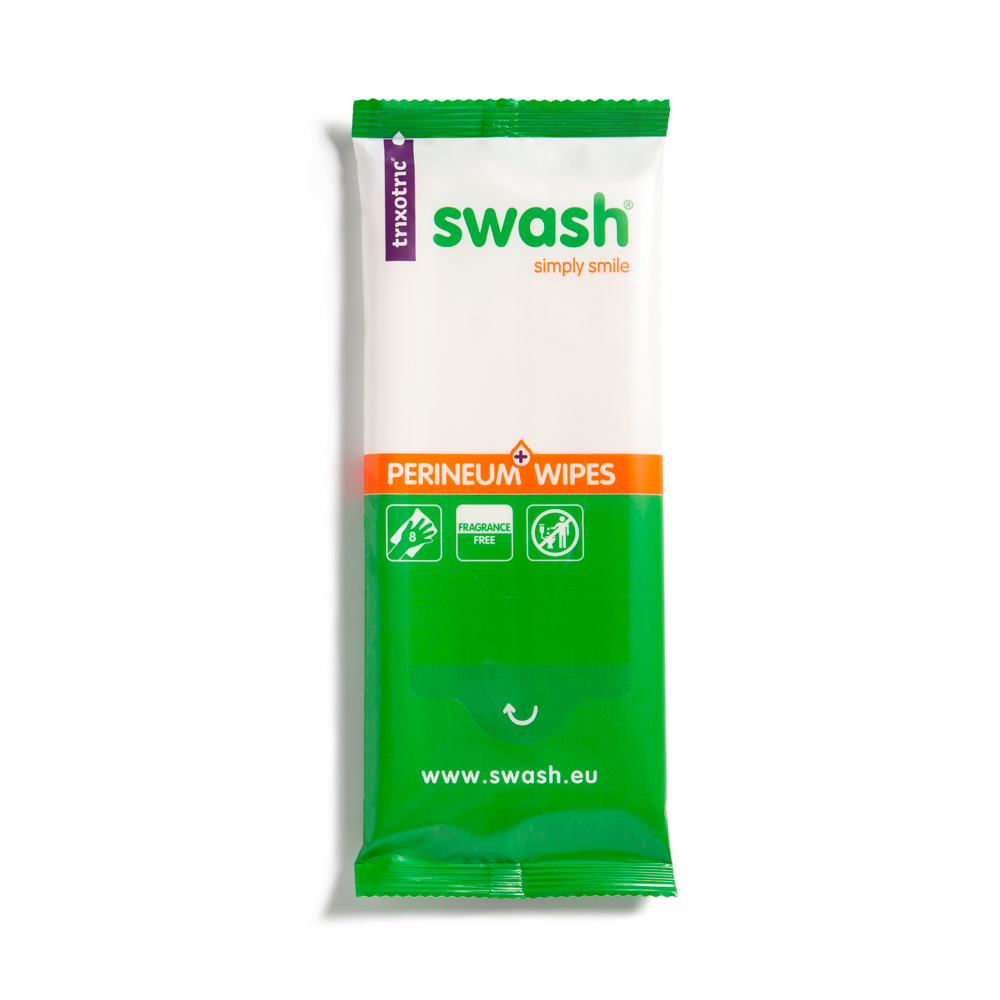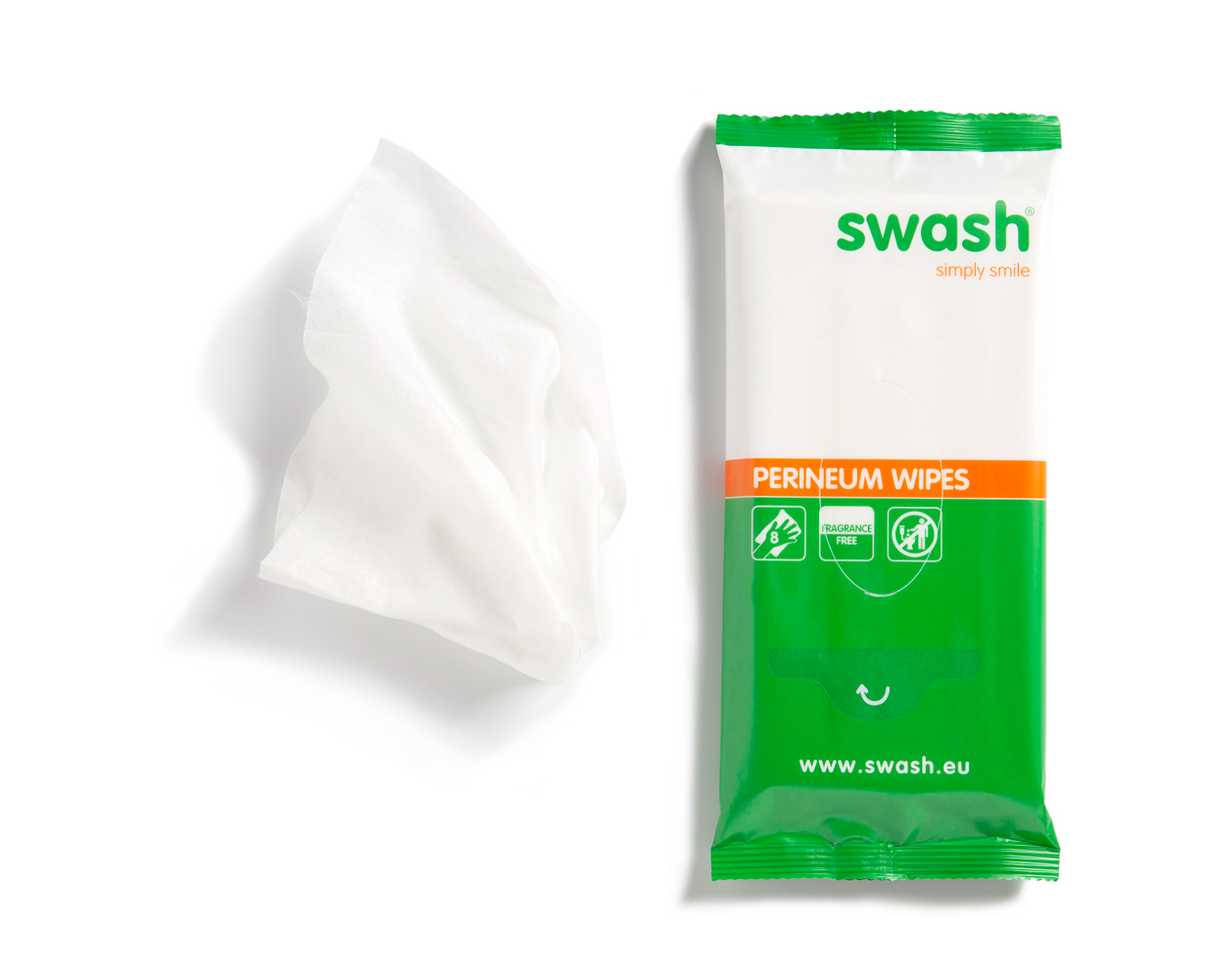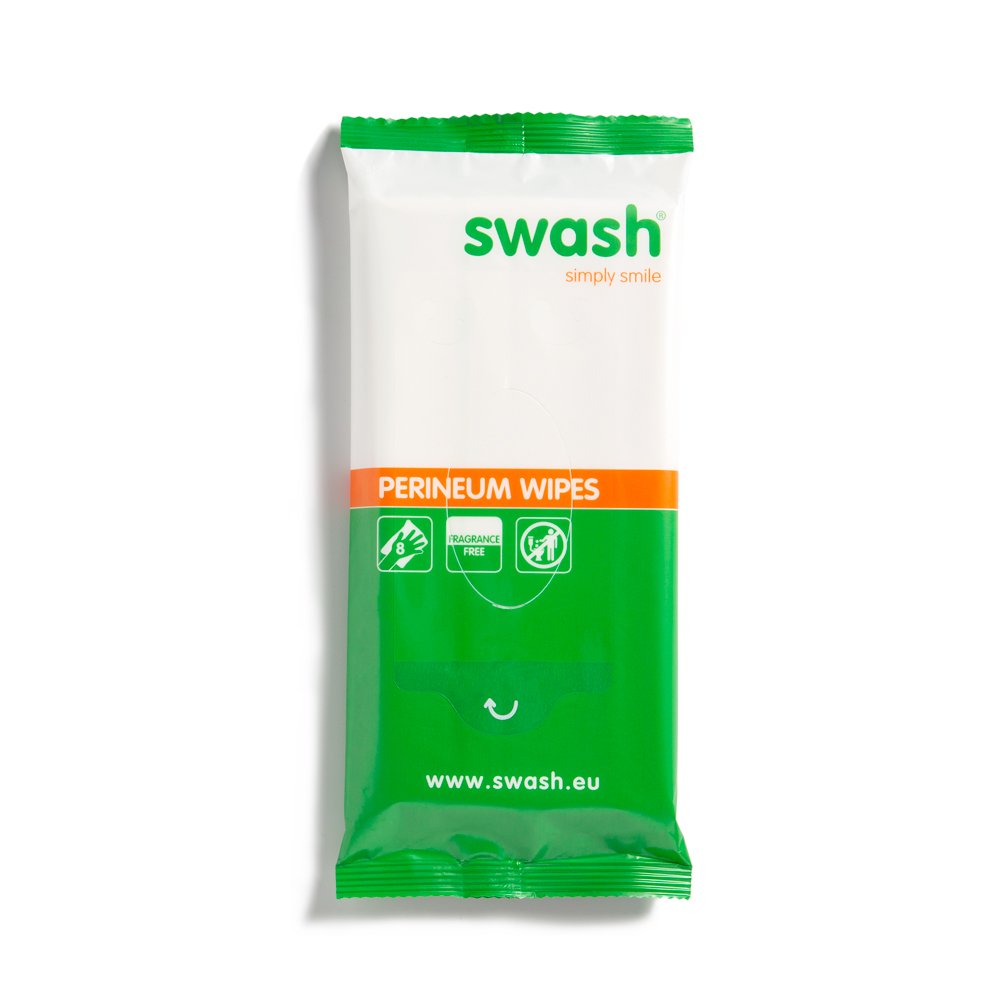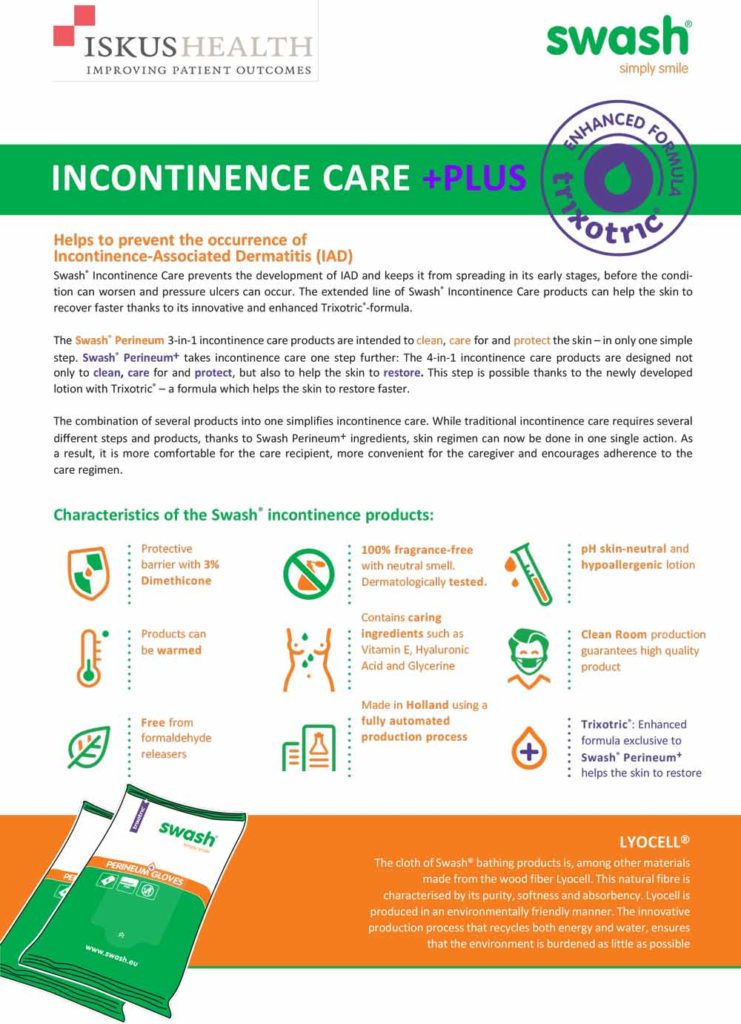With the increase in aging of the general population, incontinence becomes an ever greater health concern. Skin irritation is a common problem with incontinent care recipients. They run a 50% higher risk of developing incontinence-associated dermatitis (IAD), an inflammation of the skin that – due to the repeated exposure to moisture – causes pain and discomfort for the care recipient.
Incontinence Associated Dermatitis (IAD) and skin barrier function Urine and faeces expose the skin to toxic enzymes and increase the normal pH of the skin. The skin becomes more alkaline and the acid mantle (skin’s protective layer) is damaged. This impairs the skin’s abilities to withstand bacterial invasion. The skin becomes more alkaline because skin bacteria convert the substance urea (a product of protein metabolism found in urine) to ammonia, which is alkaline. This increase of the skin’s pH allows for micro-organisms to thrive, thus increasing the risk of skin infection. [17] Degradation, or loss of healthy skin, can lead to moisture lesions, which may result in a greatly increased risk of pressure ulcers in the presence of compression.
Incontinence, a major risk factor for the development of pressure ulcers Pressure ulcers (bedsores) are caused by deficiency of oxygen as a result of compressive and shear forces on the body, in particular where bone provides counter pressure. Sick and immobile patients are especially at risk for pressure ulcers. Patients with incontinence-associated dermatitis can develop a pressure ulcer because excessive moisture reduces the skin’s tolerance to extreme pressure!


